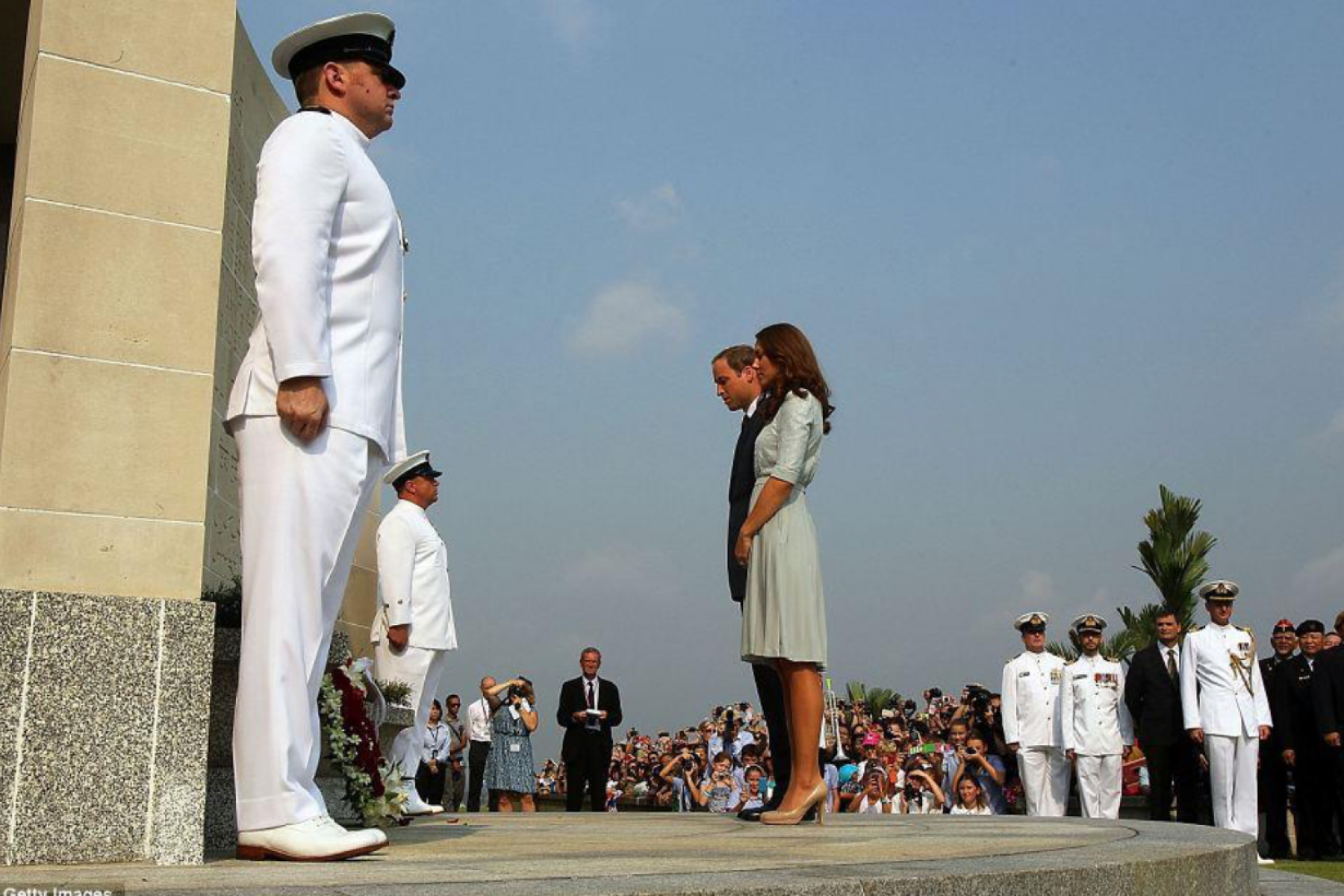Fortress Singapore
Singapore was known as the impregnable fortress and its 1942 fall was described by Churchill “the worst disaster and largest capitulation in British military history”.
Shortly after midnight on 8th December 1941, and simultaneously with the bombing of Pearl Harbour, the Imperial Japanese Army began a seaborne invasion of southern Thailand and northern Malaya, whilst the Japanese Air Force bombed Singapore. The Japanese assault was swift and ruthless. By the end of January, the Japanese had stormed the Island in a brutal all-out attack. In order to prevent the wholesale pillage of the city itself, Singapore’s 100,000 Allied defenders had no choice but to surrender to 30,000 Japanese troops on 15th February 1942. The conflict lasted just 70 days.
Churchill described the fall of Singapore as, ‘the worst disaster and largest capitulation in British history.’ It remains one of the darkest days in the entire history of the British Empire and foreshadowed the end of the Empire and the birth of Modern Asia. Whilst there has been rigorous analysis and debate amongst historians about the significance of the conflict, this story is not one that is well known. This ignominious defeat was swept under the carpet in the years following the War. To do otherwise could have revealed the supposed ineptitude, arrogance and endemic racism of some of the key players in the conflict … from the Generals … to the top echelons of the Malay Civil Administration … all the way through to their masters in Whitehall.
Fortress Singapore
- Fortress Singapore has a remarkable and compelling true story to tell. Following the real historical events of the war, the story combines the political and military manoeuvrings of the elite, at the same time as brining to life the personal dramas and tragedies of those that took part. It brings depth and honesty to the characters portrayed, from the seemingly stuffiest and arrogant British and Australian Generals, to the truly heroic British, Australian, Indian, Chinese and Malay soldiers, sailors, airmen, guerrillas and civilians who display the most remarkable acts of courage, compassion and bravery in a maelstrom of cruelty, aggression and incompetence.
- Fortress Singapore has the realism and scope to match The Pacific, an insight into those final heady days of empire reminiscent of Jewel in the Crown, as well as the honesty offered by The Crown. Fortress Singapore creates a candid, evocative and enduring drama about the events and people who witnessed the end of the British Empire and the birth of modern Asia.
Development Overview
- Lead Producer: Richard Sharkey
- Exec Producer: Tony Miller & Chris Shaw & Andrew Rice
- Writer: Shelley Miller
- Creative Assets: Pitch Deck, Information Deck, Presentation Bible, Ep 1 Script (feature length) & Episode 2
- Comparisons: English Patient, Band of Brothers, Downton Abbey, The Crown
Mood Reel
Historical Context
The Duke and Duchess of Cambridge visited the Kranji War Memorial and Commonwealth war graves cemetery in Singapore. They were also directed to the graves of the men from Z Special Unit, Ivan Lyons unit, which was either captured or killed including during an heroic attempt to plant mines on the Japanese fleet in Singapore harbour. Tragically those who were captured were executed by their brutal captors just weeks before the end of the war on July 7 1945. The Duke and Duchess of Cambridge visited the Kranji War Memorial and Commonwealth war graves cemetery in Singapore. They laid a wreath from the Queen upon the Singapore Memorial bearing the names of more than 24,000 Commonwealth casualties from the Second World War. It is the final resting place of 4,461 Commonwealth servicemen who died fighting the Japanese in the Second World War including that of Ivan Lyons.


